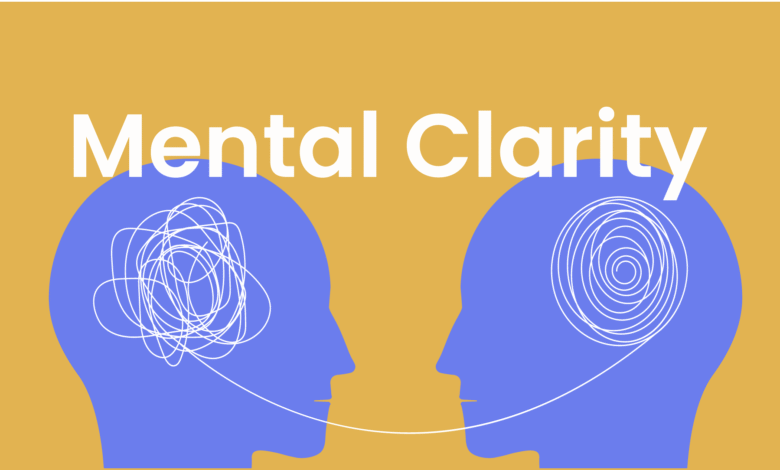The Best Times of Day to Solve Fill-Ins for Mental Clarity

Introduction to Fill-In Puzzles and Mental Clarity
Fill-in puzzles have delighted word game enthusiasts for decades with their unique blend of logic, vocabulary, and deduction. Whether you’re a newcomer or a seasoned fan, you’ve likely noticed that your clarity and speed in solving these grids can shift dramatically throughout the day. Some people swear by early mornings for their sharpest thinking, while others prefer evenings for relaxed problem-solving. Exploring the best times to engage with fill-ins can significantly impact not only your enjoyment but also the mental clarity you gain from this hobby. With accessible collections from resources like Penny Dell Puzzles, integrating this brain-stimulating activity into your day has never been easier. Finding your peak puzzle time may take some experimentation, but the benefits are well worth it. Solving fill-ins when most alert can lead to greater satisfaction and increased mental agility. As with any mental workout, consistency and timing can make a meaningful difference in your progress and enjoyment.
Why Timing Matters in Puzzle Solving
Our bodies and brains follow natural rhythms known as circadian cycles, which influence concentration, memory, and alertness over a 24-hour span. Puzzle-solving performance is tied to these fluctuations. According to research published by Psychology Today, when you tackle mentally demanding tasks like word puzzles within your personal “peak hours,” you’re more likely to find solutions quickly and maintain focus with less frustration. Understanding your daily rhythm means you can turn puzzle time into a powerful tool for sharpening your mind.
Morning: A Fresh Start for Focused Solving
Many puzzle fans reach for their fill-in book or app in the morning. After a good night’s sleep, your mind is typically refreshed and receptive. Morning-solving allows you to take advantage of higher dopamine levels, which support motivation and cognitive flexibility. For people who enjoy a quiet start to the day, a morning puzzle session sets a positive tone and primes your brain for tasks ahead. Even ten minutes spent arranging word grids can help shake off grogginess and get mental gears turning efficiently.
Midday: Brain Breaks and Productivity Boosts
As the day progresses, energy levels and focus may start to wane. This is the ideal moment to fit in a short fill-in puzzle. Science encourages “brain breaks” to counter the midday slump; brief cognitive challenges can help re-energize working memory and renew concentration. According to The New York Times, midday cognitive stimulation—like solving fill-ins—can reduce stress and improve mood, boosting performance for the remainder of the workday. Midday puzzles are perfect for lunch breaks, between meetings, or transitional moments when you need to reset mentally.
Evening: Unwinding and Creative Thinking
For some, evenings are best for tackling fill-ins in a relaxed atmosphere. Evening puzzle-solving doesn’t just entertain; it encourages creative, free-flowing thought as the brain winds down from the day’s stresses. While the focus on analytical thinking may fade in the evening hours, divergent thinking—linked to creativity—can flourish. Many people find that solving puzzles before bed becomes a calming ritual, setting the stage for restful sleep and providing a gentle way to unplug from screens and daily concerns.
Personalizing Your Puzzle Routine
There is no “optimal” time for everyone to solve fill-in puzzles. The best approach is to experiment. Pay attention to when you feel most focused and creative, and try solving at different times of the day. Track your experiences and notice patterns. Some solvers find their ideal window early, while others mix and match different times depending on their schedules or moods.
Scientific Support for Puzzle Breaks
Numerous studies have shown that mental activities like puzzle-solving trigger positive changes in the brain. Regularly engaging in puzzles is linked to improved memory, greater attention to detail, and better information processing—a potent trio for lifelong learning and mental resilience. Medical professionals note that blending variety and regularity in cognitive routines, such as swapping between different puzzle types or adjusting timing, keeps the mind more agile and responsive to challenges.
Building a Sustainable Habit
Establishing a sustainable puzzle habit is less about strict routines and more about consistent joy. Locking in a few moments each day for brain-boosting activities leads to lasting improvements in memory, clarity, and stress reduction. Minimize barriers by keeping a puzzle book beside your bed, adding a favorite app to your phone’s home screen, or setting a calendar reminder for mini “brain breaks.” Over time, solving fill-ins at your preferred moments will become a cherished part of your self-care and personal productivity toolkit.
Resources for Daily Puzzle Play
Access to quality fill-in puzzles is key to building a sustainable routine. Classic print books, mobile apps, and curated online libraries provide daily play opportunities. Seek out trusted providers and consider joining puzzle communities where you can share tips or solve together. With the right timing and a little experimentation, solving fill-ins can transform into a daily ritual that continually sharpens your mind and brightens your spirit.